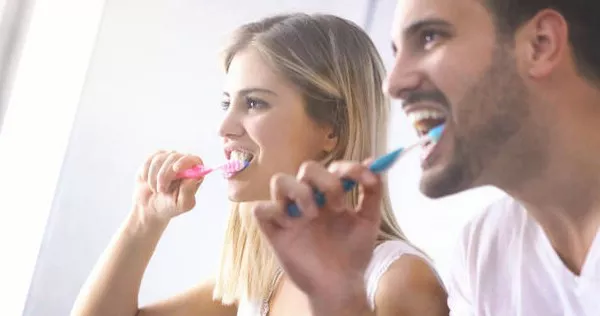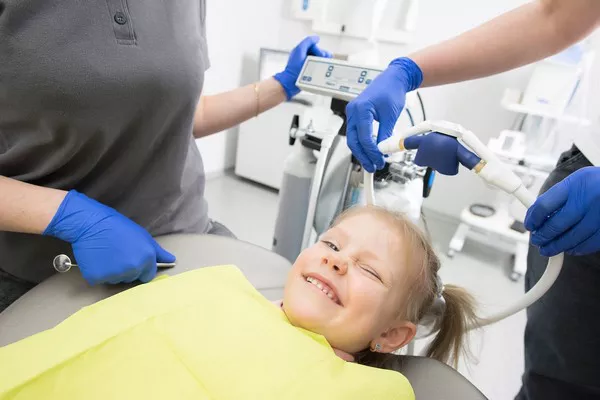Six types of people suitable for cold light teeth whitening Cold light teeth whitening is a popular oral beauty technology.
Many beauty lovers, affected by yellowing teeth, are attracted to it.
However, is cold tooth whitening really for everyone?
What tooth condition does cold light whitening teeth suit?
Let’s take a look at it.
Which people are suitable for cold tooth whitening.
Experts point out: if your teeth have the following symptoms can be considered to do cold light whitening.
1. Dental fluorosis: mainly due to the high fluorine content in drinking water.
In mild cases, the enamel on the tooth surface was opaque and chalky.
Moderate tooth surface is yellow or brown yellow irregular plaque;
2. Tetracycline teeth: During tooth development, especially in children under 8 years old or pregnant women, if taking tetracycline drugs (such as tetracycline, oxytetracycline, doxycycline, etc.), it is easy to cause tooth discoloration, which is called tetracycline stained teeth.
This is because tetracycline drugs can combine with calcium ions in tooth tissue to form a stable tetracycline calcium salt. With the increase of age, the discoloration will gradually worsen, and tend to be stable after the age of 18.
3, pigment deposition: some colored food including tea, coffee, soy sauce and cigarettes, etc., over time, because there is no good habit of cleaning teeth, these pigments will gradually deposit and even enter the deep layer of teeth, making the surface of teeth begin to yellow and black.
This is just like the white clothes have been stained for a long time, how to clean can not make it white again, the general method of tooth cleaning is difficult to make the stained teeth restore the original white.
4, enamel hypoplasia: in the process of tooth development, the surface of the enamel due to lack of calcium, phosphorus and vitamin A, D and other substances;
Or the tooth development disorder caused by the action of harmful factors.
The enamel on the surface of light teeth is opaque chalk, loose and coarse, and may be yellowish-brown due to food staining.
In severe cases, there may be substantial enamel defects, such as fossa or ribbon defects, or even no enamel cover.
5, dental caries: commonly known as tooth or tooth caries, is due to the participation of bacteria, saccharide food acid production and corrosion of the tooth, over time caused by soft teeth, tooth tissue disintegration, the formation of black caries hole.
6, dead pulp teeth: due to deep caries bacterial infection or direct violence, teeth accidentally broken, resulting in pulp injury necrosis and discoloration.





























